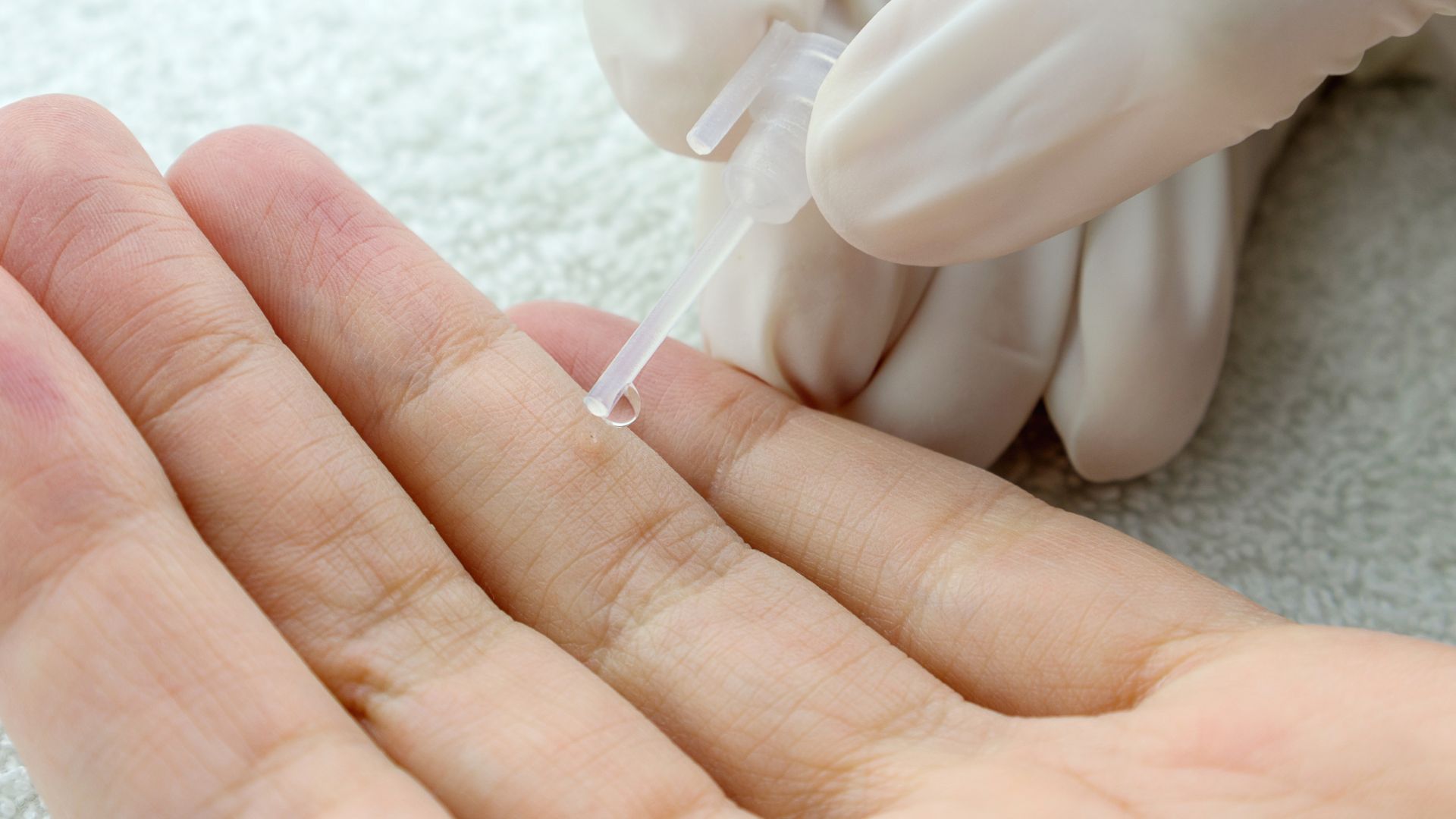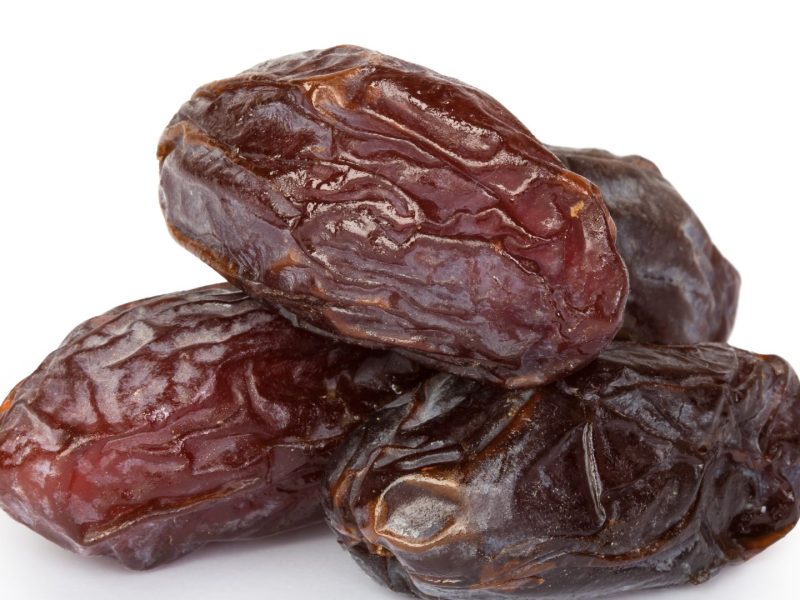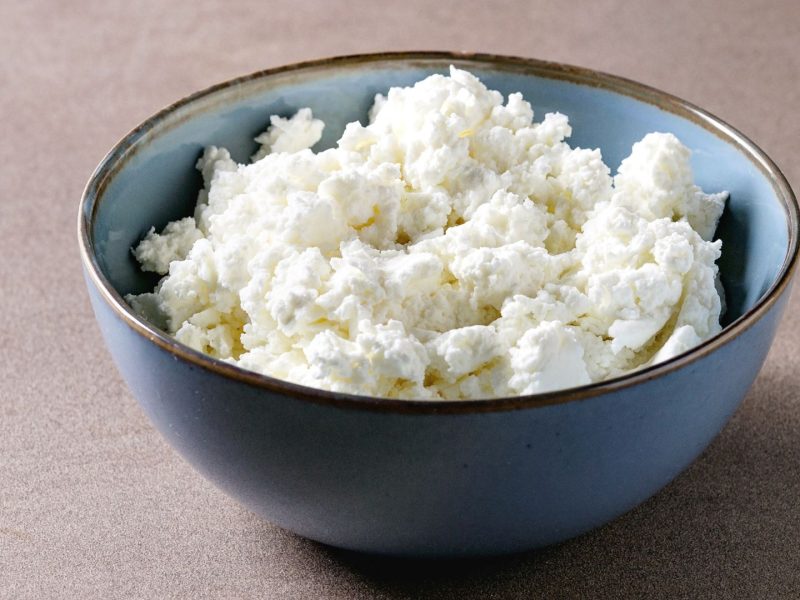As a doctor, one of the frequent skin conditions patients ask me about is verruca dermatitis. This condition, although commonly confused with other skin ailments, is something quite specific. Let’s demystify what verruca dermatitis actually is, its causes, symptoms, and how you can effectively manage it.
Understanding Verruca Dermatitis
Verruca dermatitis is essentially a term describing skin inflammation around a wart (verruca). To clarify, a verruca (or wart) is a benign skin growth caused by human papillomavirus (HPV). Dermatitis, on the other hand, refers broadly to any skin inflammation or irritation. When inflammation occurs specifically around warts, we call it verruca dermatitis.
What Causes Verruca Dermatitis?
The primary cause of verruca dermatitis is irritation or allergic reactions triggered by wart treatments or persistent friction around the affected area. Common irritants include:
- Topical wart treatments (like salicylic acid).
- Excessive scratching or picking at the wart.
- Friction from clothing or footwear, especially if the wart is located on hands or feet.
- Secondary bacterial infections around warts due to compromised skin barriers.
Additionally, the HPV virus itself can occasionally provoke an immune reaction, resulting in inflammation.
Symptoms of Verruca Dermatitis
If you’re experiencing verruca dermatitis, you might notice:
- Redness and swelling around the wart.
- Itching or burning sensations.
- Dry, flaky skin or scaling near the wart area.
- Tenderness or discomfort, especially if located on feet or hands.
It’s important not to confuse these symptoms with the wart itself—verruca dermatitis specifically refers to the irritated skin surrounding it.
Diagnosis and Treatment
Diagnosing verruca dermatitis typically involves a visual inspection by your dermatologist. Occasionally, a skin biopsy or scraping may be performed to rule out infections or other skin conditions.
For managing verruca dermatitis effectively, here are some dermatologist-approved tips:
- Use mild moisturizers to soothe and hydrate irritated skin.
- Avoid harsh wart-removal products if you notice irritation.
- Wear comfortable, breathable shoes if warts are on your feet.
- Topical corticosteroids prescribed by your doctor can relieve severe inflammation.
In cases where dermatitis is particularly stubborn, you might benefit from professional wart removal treatments, such as:
- Cryotherapy (freezing warts)
- Laser therapy
- Electrosurgery or surgical removal
Prevention Tips
Preventing verruca dermatitis largely involves preventing warts themselves. Helpful strategies include:
- Avoiding direct contact with warts from others.
- Wearing protective footwear in public pools and gyms.
- Keeping skin dry and clean to minimize irritation.
- Boosting immunity through balanced nutrition and adequate rest.
Final Thoughts
Verruca dermatitis, although uncomfortable, is generally manageable with proper care and timely treatment. Remember, persistent irritation around a wart should prompt you to visit a dermatologist for evaluation and guidance. The quicker you address verruca dermatitis, the more comfortable you’ll feel and the quicker your skin can heal.
Have you had experiences with verruca dermatitis or any related questions? Feel free to share below!



